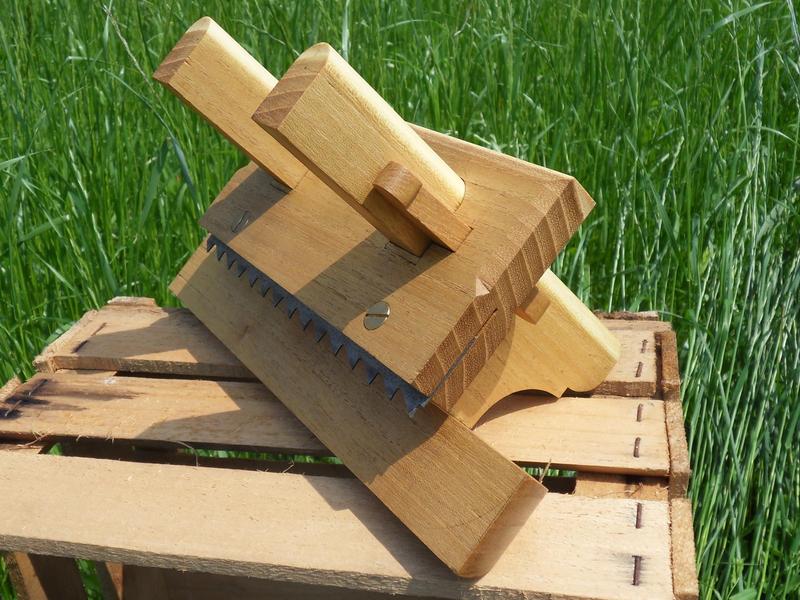BearTricks
Established Member
I'll be resawing some pretty substantial boards. I might have to plump for the 5tpi and grind every other tooth away but it seems a shame to butcher a perfectly good saw.

BearTricks":3bph60ez said:I need to resaw some serious boards with no bandsaw in sight and was wondering if anyone has made a kerfing plane as (apparently) invented by Tom Fidgen?










Enter your email address to join: